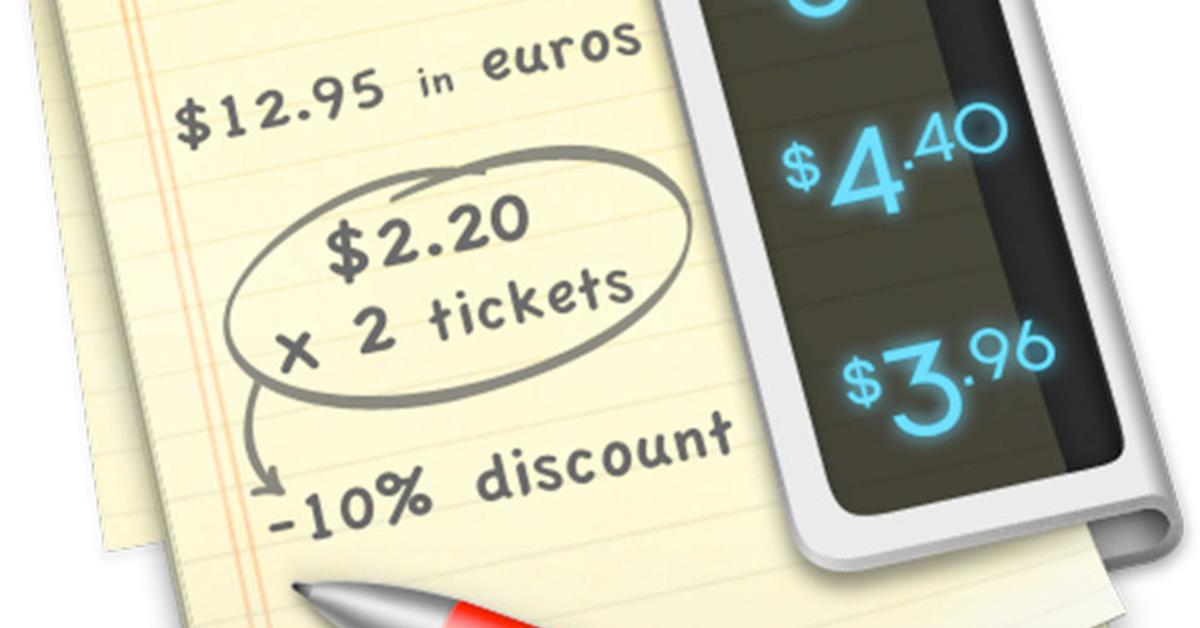

From data loss, to a series of abysmal user interfaces, to bloated file sizes and horrible file-compatibility with anything outside the suite, the reasons to hate-on Office are plentiful.
#Soulver for ipad for mac
The Office suite for Mac and PC have always infuriated me to use. Starting up the conversation of software on an Apple platform with the suite of Microsoft apps might at first appear to be a thinly veiled attempt to troll, but I promise you its not. As iOS matures, I know this will improve so that its much easier to do, but we're not there yet, so until we are, you have to change your thinking about how things are done in order to get things done. Its not that this is a process that is better or worse than the way it works on a desktop operating system, but it is different. Most people probably couldn't have just figured this out, without the conference app telling you first. This was a magical experience, not because it solved a problem in some impossible fashion, but because it was convoluted and required an esoteric series of gestures to make it work.
#Soulver for ipad pdf
This pushes a view-only version of the document over to the conference call for display (I believe it converted it to a PDF to do this), which the people on the other end of the call can now see. You open the document in its app, tap the Share button and select the conference call app.
#Soulver for ipad how to
Thankfully the conference call app explains how to do it.

If I try to open the document in its app, no one will see it. But because the conference app can't share the screen in that way without it being the app in the foreground. Normally, I would have shared off my entire screen, opened the document and shown it. Part of the way through the conference, I was asked to share a document for us all to review. From my calendar, I tapped the link to the video conference and it launched the appropriate app, connected to the conference and I could see and hear people in another city. I was using my iPad for a video conference. Lets give an example of how your habits, which have served you so well for so long, will cause you pain in this new world. This is the mental path that we've been taught for decades of personal computing.īut the iPad turns this all completely around. We access the folders to find the files, which in turn launch the corresponding app that created them. We create a series of these things and store them in files. Most of us think in terms of documents: emails, word processing, spreadsheets, webpages, and slides. This isn't a bad thing, as paying for complex and useful apps means that they exist, but it isn't something most people realize as their work usually pays for these apps for us.

So, after you spend a lot of money purchasing your new productivity tool, note that you're about to spend a moderate amount of additional money, on a recurring basis, in order to get the most out of your device. Apps used for work, as opposed to ones you use as a consumer, have a different level of capability, a smaller group of people who will use them, and thus, have a very different cost to create and maintain.
#Soulver for ipad full
They're also likely going to require a significantly higher purchase cost or have a recurring subscription to get the full use out of them. The apps you'll use on an iPad for work are likely different than the ones you use on your phone. That's the frame of reference you have to keep in mind, if you're considering switching over to use an iPad for your primary computing device.


 0 kommentar(er)
0 kommentar(er)
